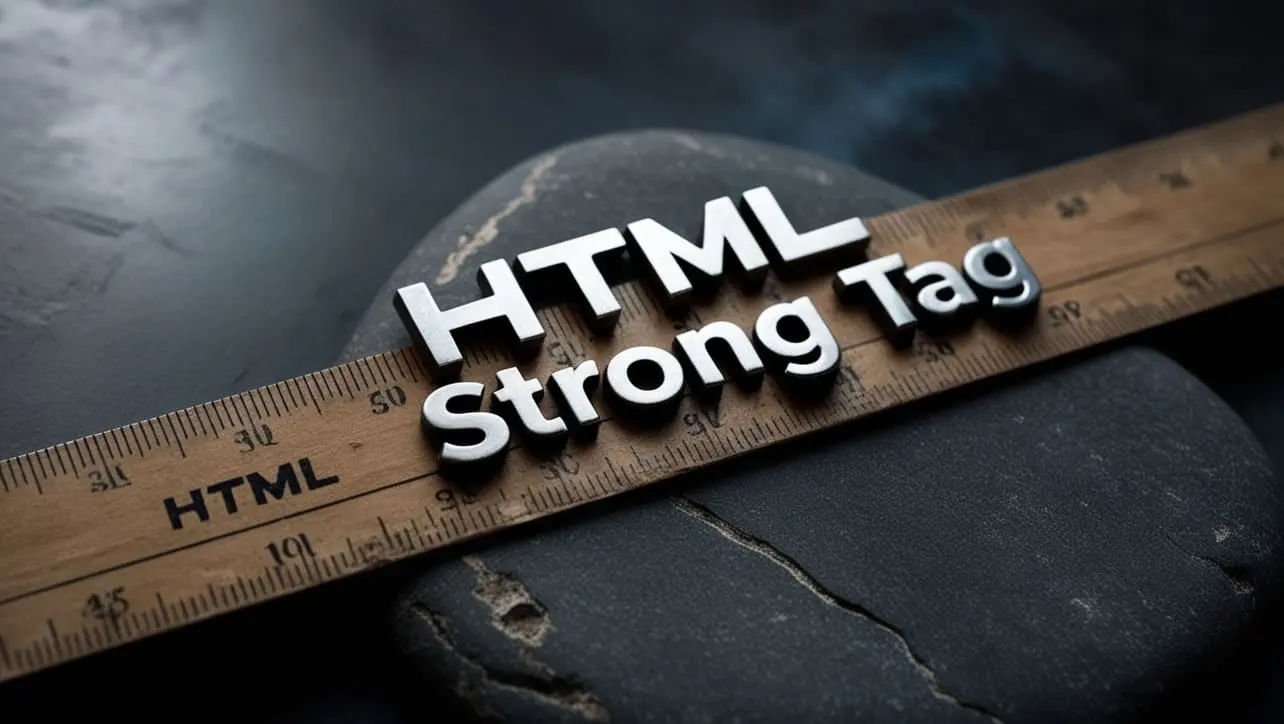
HTML Topics
- HTML Intro
- HTML Basic
- HTML Editors
- HTML CSS
- HTML Tags
- <!--...-->
- <!DOCTYPE>
- <a>
- <abbr>
- <address>
- <area>
- <article>
- <aside>
- <audio>
- <b>
- <base>
- <bdi>
- <bdo>
- <bgsound>
- <blink>
- <blockquote>
- <body>
- <br>
- <button>
- <canvas>
- <caption>
- <cite>
- <code>
- <col>
- <colgroup>
- <data>
- <datalist>
- <dd>
- <del>
- <details>
- <dfn>
- <dialog>
- <div>
- <dl>
- <dt>
- <em>
- <embed>
- <fieldset>
- <figcaption>
- <figure>
- <footer>
- <form>
- <h1> to <h6>
- <head>
- <header>
- <hgroup>
- <hr>
- <html>
- <i>
- <iframe>
- <img>
- <input>
- <ins>
- <kbd>
- <label>
- <legend>
- <li>
- <link>
- <main>
- <map>
- <mark>
- <menu>
- <meta>
- <meter>
- <nav>
- <noscript>
- <object>
- <ol>
- <optgroup>
- <option>
- <output>
- <p>
- <param>
- <picture>
- <pre>
- <progress>
- <q>
- <rp>
- <rt>
- <ruby>
- <s>
- <samp>
- <script>
- <search>
- <section>
- <select>
- <small>
- <source>
- <span>
- <strong>
- <style>
- <sub>
- <summary>
- <sup>
- <svg>
- <table>
- <tbody>
- <td>
- <template>
- <textarea>
- <tfoot>
- <th>
- <thead>
- <time>
- <title>
- <tr>
- <track>
- <u>
- <ul>
- <var>
- <video>
- <wbr>
- HTML Deprecated Tags
- HTML Events
- HTML Event Attributes
- HTML Global Attributes
- HTML Attributes
- HTML Comments
- HTML Entity
- HTML Head
- HTML Form
- HTML IndexedDB
- HTML Drag & Drop
- HTML Geolocation
- HTML Canvas
- HTML Status Code
- HTML Language Code
- HTML Country Code
- HTML Charset
- MIME Types
HTML strong Tag

Photo Credit to CodeToFun
🙋 Introduction
In the world of HTML, the <strong> tag plays a pivotal role in indicating strong importance or emphasis.
This guide will delve into the details of the HTML <strong> tag, exploring its syntax, use cases, and best practices.
🤔 What is <strong> Tag?
The <strong> tag is a semantic HTML element used to represent text with strong importance, typically displayed in a bold font. It is essential for conveying emphasis to both users and search engines.
💡 Syntax
Implementing the <strong> tag is straightforward. Wrap the text you want to emphasize within the opening <strong> and closing </strong> tags.
<strong>Your Strong Text Here</strong>🧰 Attributes
The <strong> tag generally does not require additional attributes. However, you can combine it with other tags or apply styling through the use of the class and style attributes for enhanced presentation.
<strong class="highlight" style="color: #ff0000;">Your Styled Text Here</strong>📚 Common Use Cases
Highlighting Important Text:
The primary purpose of the
<strong>tag is to highlight text that is of strong importance or significance.highlighting-important-text.htmlCopiedIn this announcement, we want to <strong>emphasize</strong> the key dates for the upcoming event.SEO Benefits:
Search engines use the
<strong>tag to identify and emphasize important keywords, potentially improving the page's search ranking.seo-benefits.htmlCopiedEnsure your <strong>keywords</strong> are appropriately marked with the `<strong>` tag for better SEO.
🖥️ Browser Support
Understanding the compatibility of the <xxxxx> tag across different browsers is essential for delivering a consistent user experience. Here's an overview of its support:
- Google Chrome: Fully supported.
- Mozilla Firefox: Fully supported.
- Microsoft Edge: Fully supported.
- Safari: Fully supported.
- Opera: Fully supported.
- Internet Explorer: Fully supported.
Ensure you test your code in various browsers to guarantee a seamless experience for your audience.
🏆 Best Practices
- Use the
<strong>tag to convey strong importance or emphasis, not merely for bold styling. - Combine with other semantic HTML tags for a well-structured document.
- Avoid using the
<strong>tag solely for styling purposes; reserve it for meaningful content.
🎉 Conclusion
Mastering the use of the <strong> tag is essential for web developers aiming to emphasize important content on their websites.
By following best practices and understanding its proper application, you can enhance both the visual appeal and semantic structure of your HTML documents.
👨💻 Join our Community:
Author

For over eight years, I worked as a full-stack web developer. Now, I have chosen my profession as a full-time blogger at codetofun.com.
Buy me a coffee to make codetofun.com free for everyone.
Buy me a Coffee












If you have any doubts regarding this article (HTML strong Tag), please comment here. I will help you immediately.